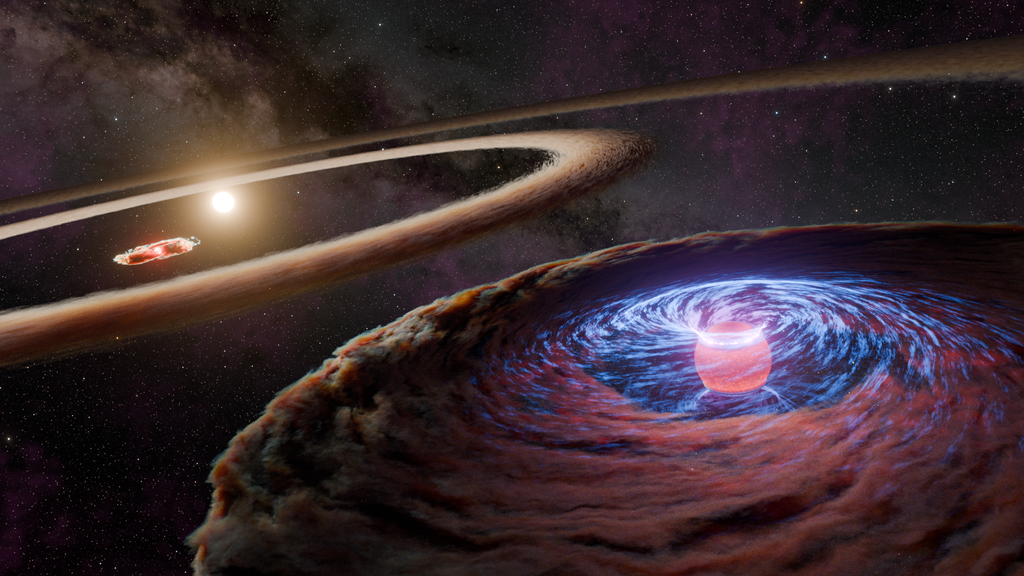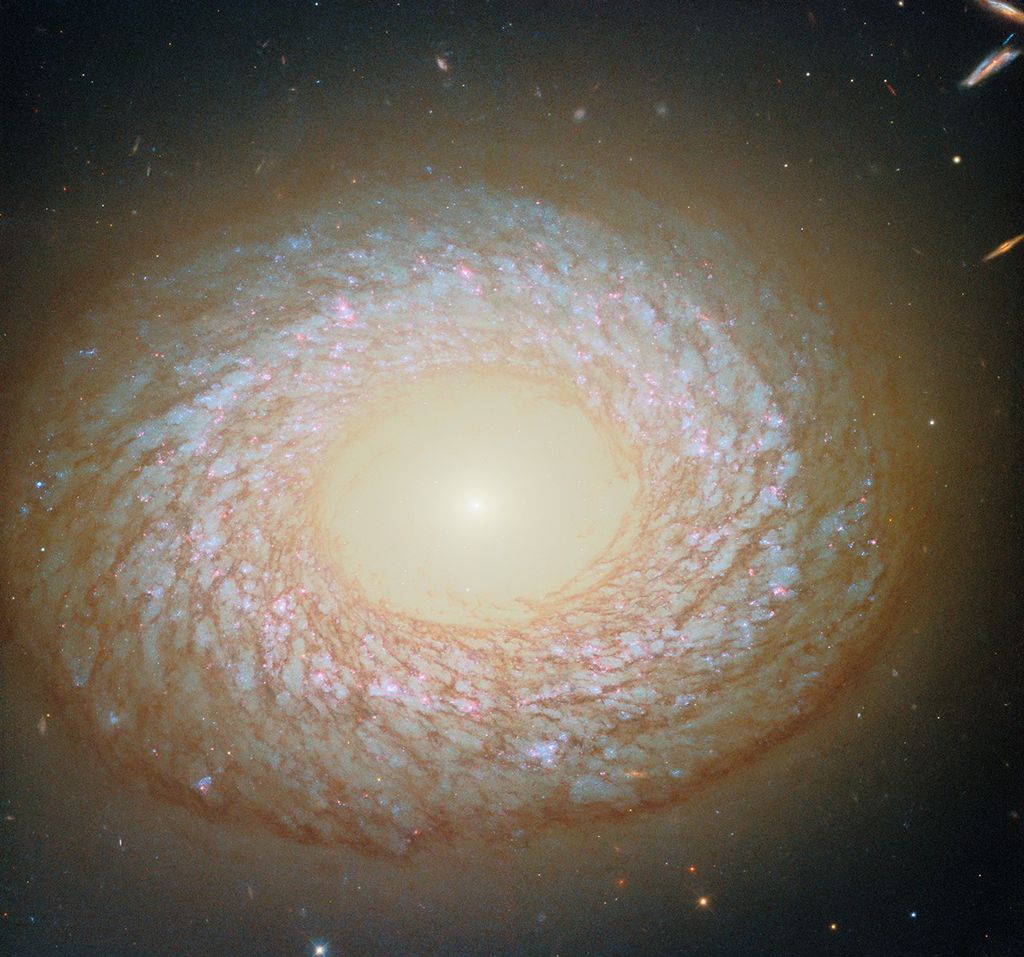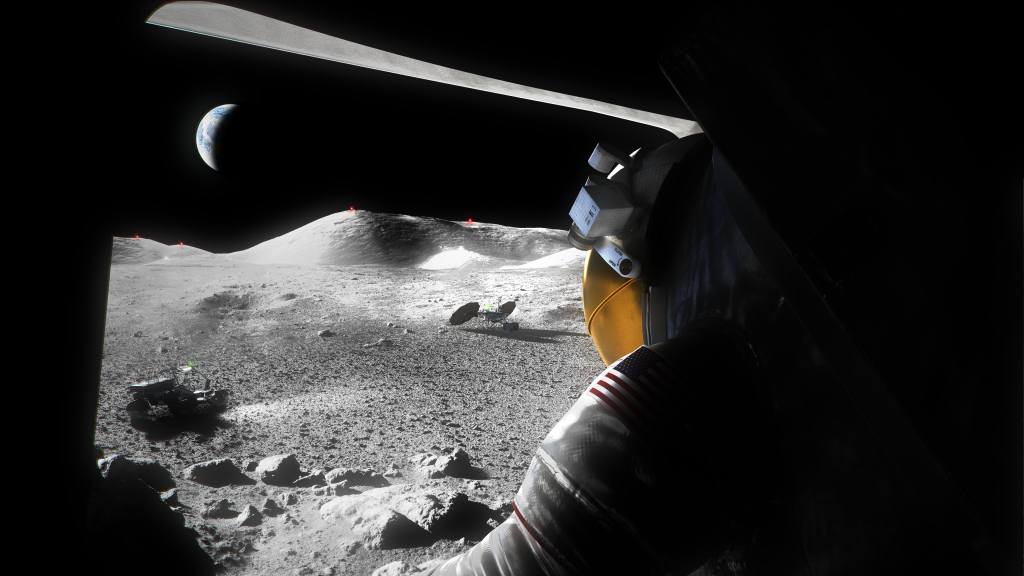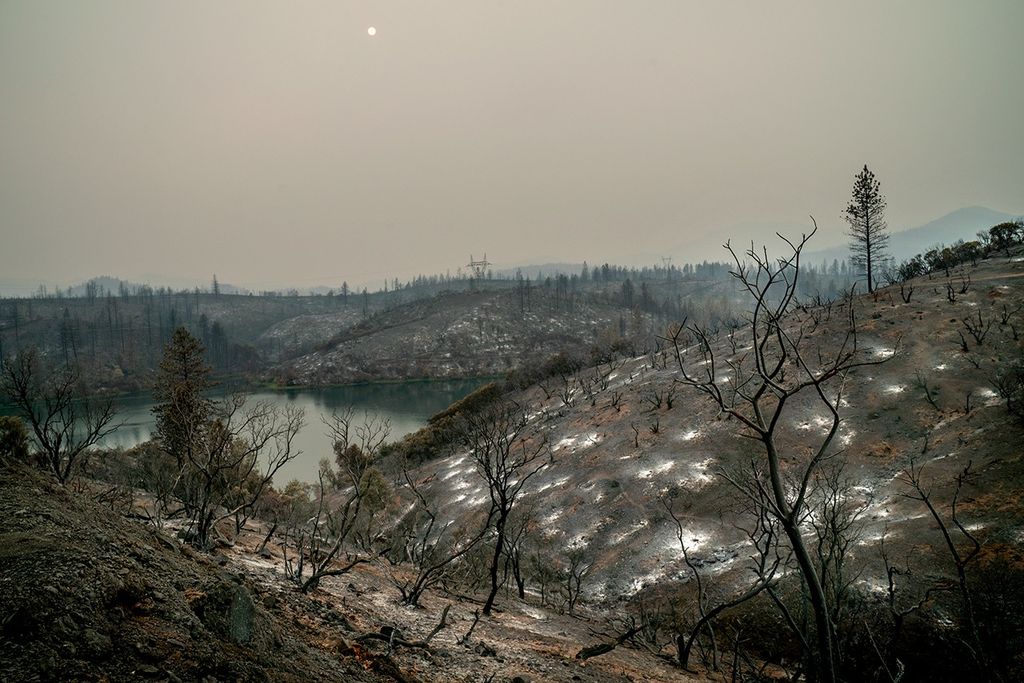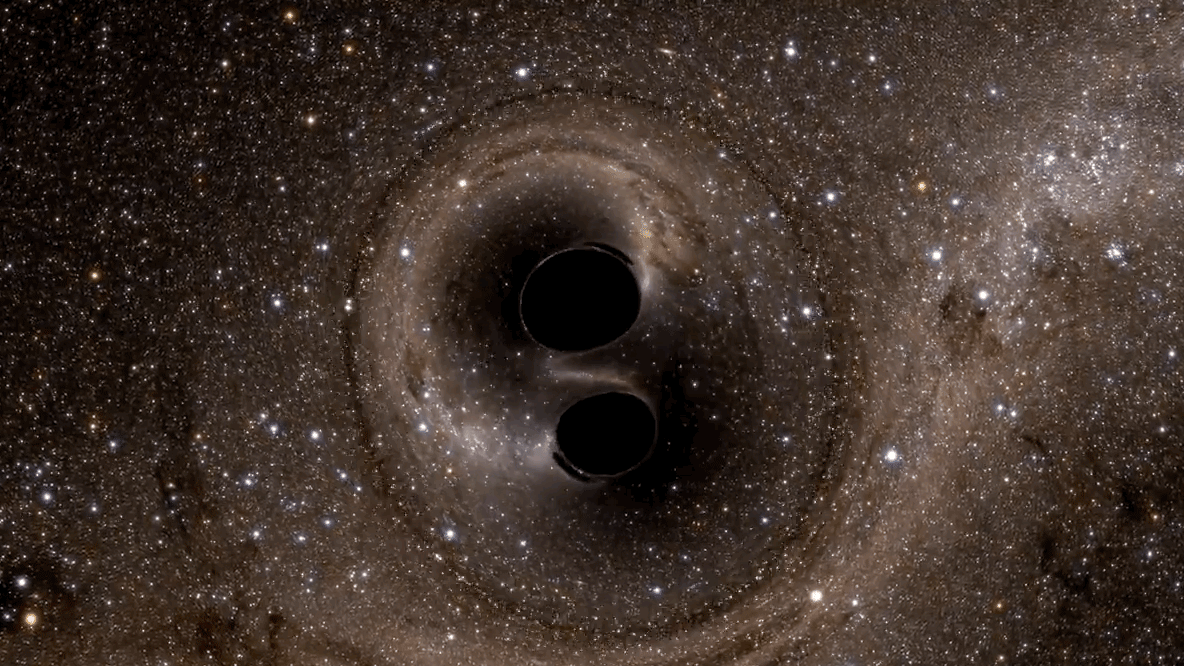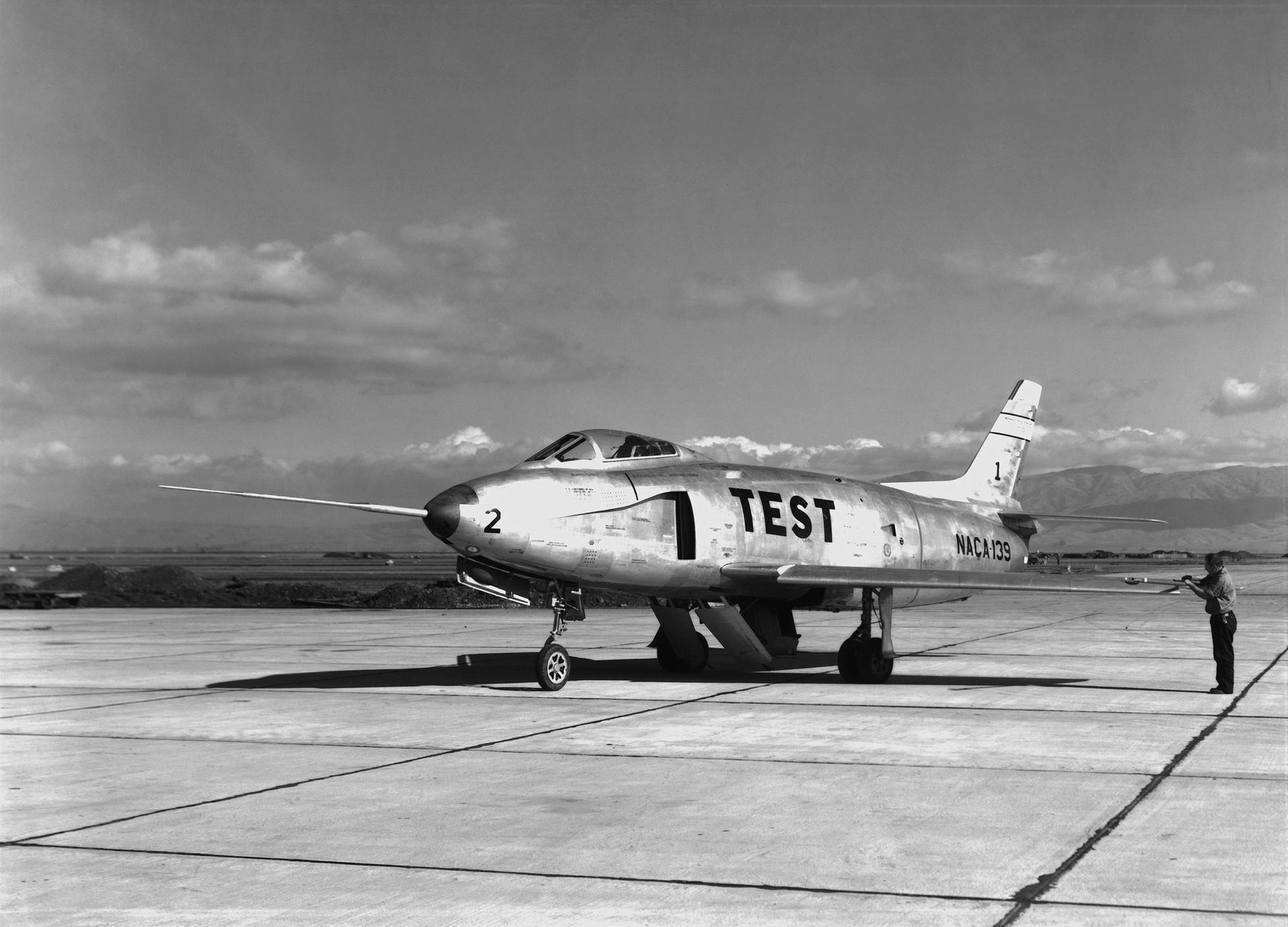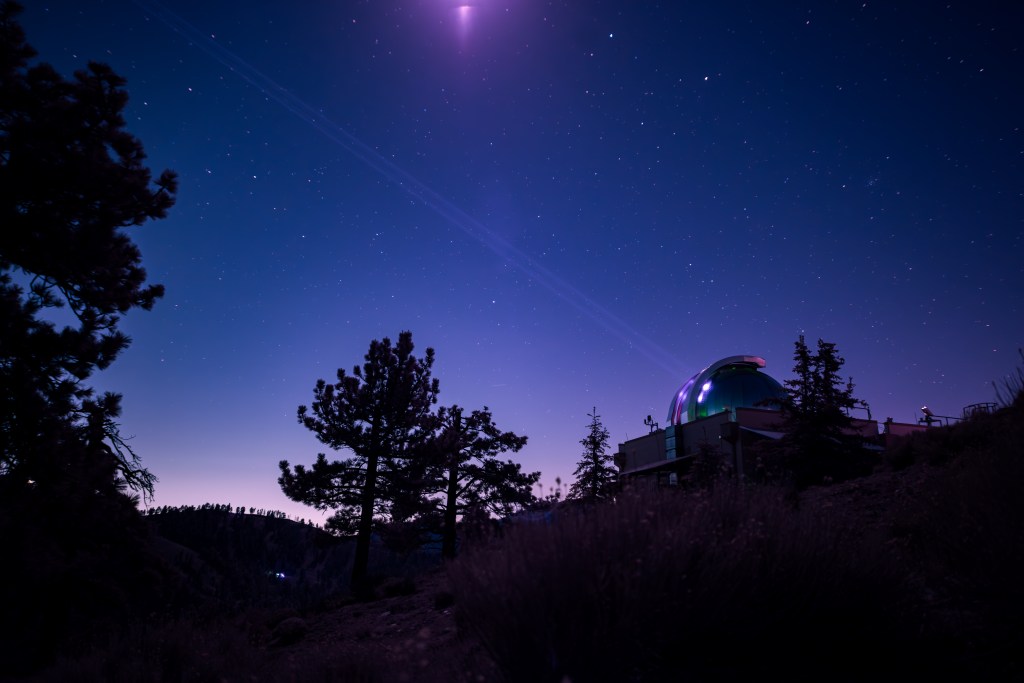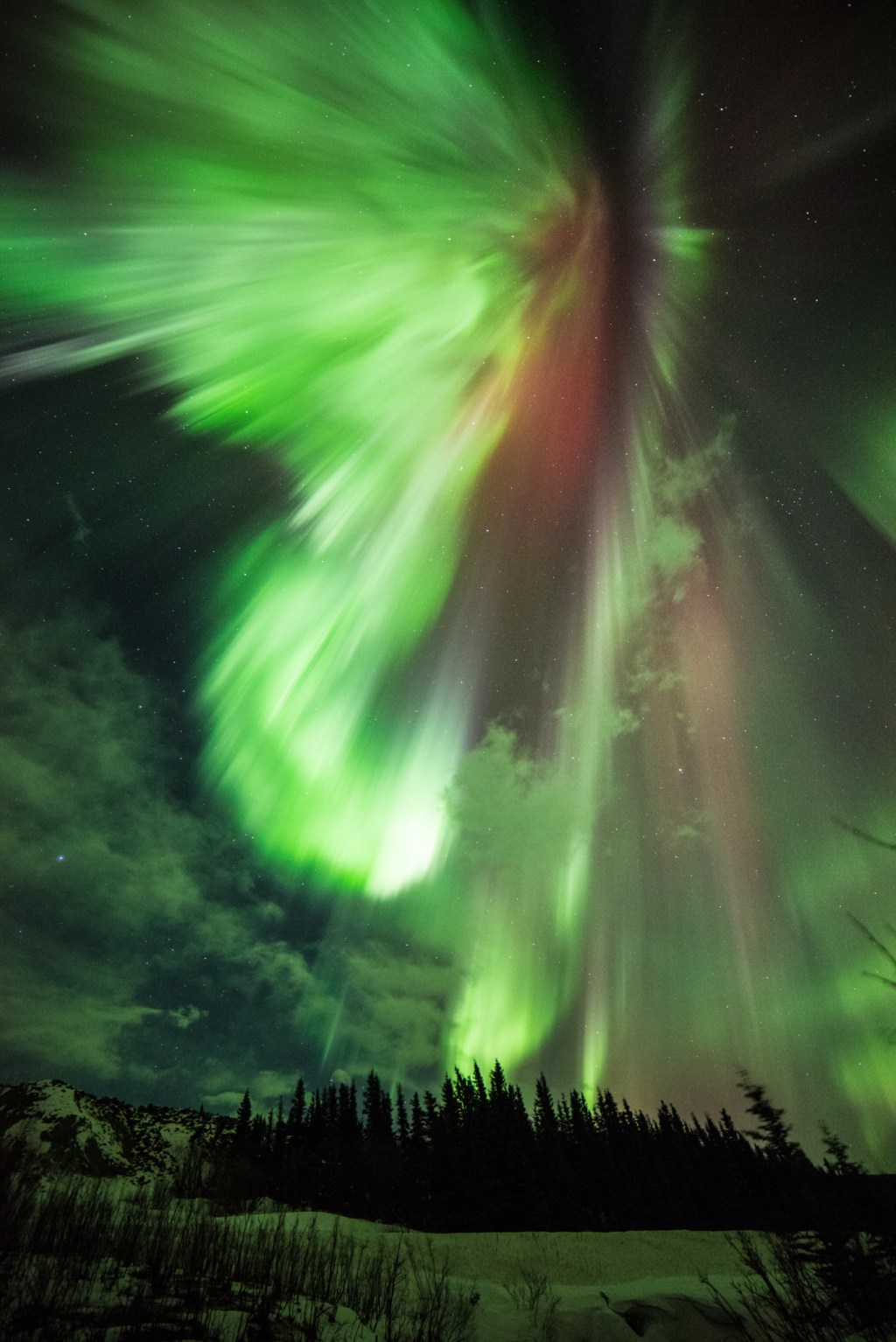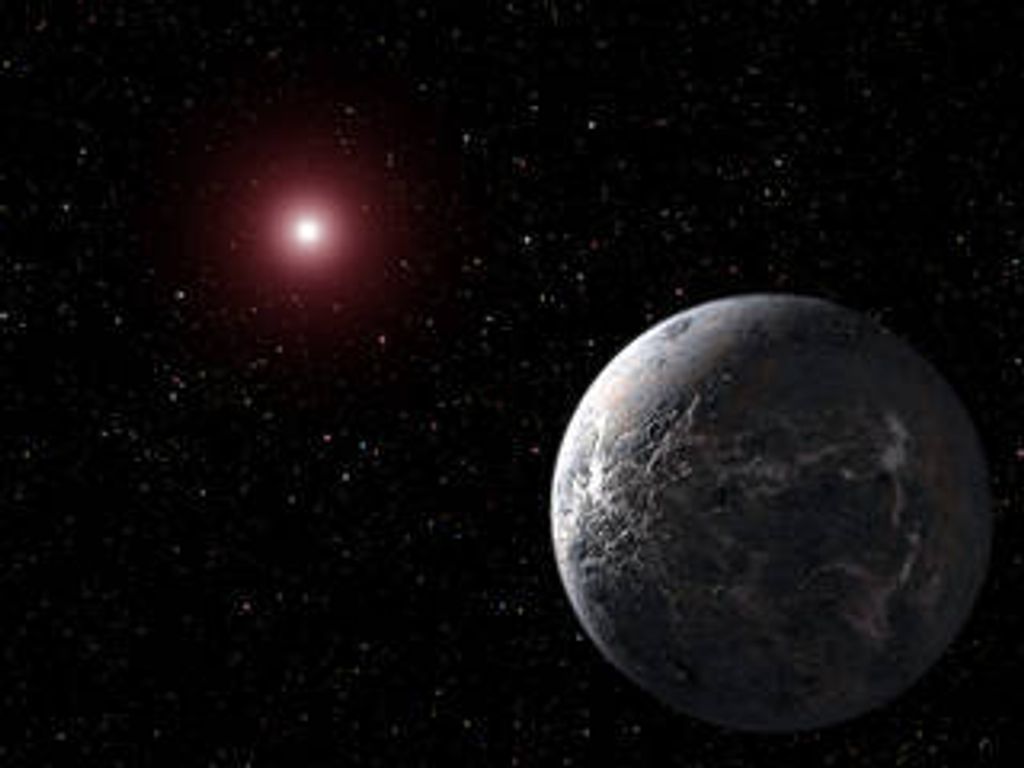1 min read
DSS-I

About the Object
- R.A. PositionR.A. PositionRight ascension – analogous to longitude – is one component of an object's position.06h 31m 40.0s
- Dec. PositionDec. PositionDeclination – analogous to latitude – is one component of an object's position.04° 57' 47.99"
- ConstellationConstellationOne of 88 recognized regions of the celestial sphere in which the object appears.Monoceros
- DistanceDistanceThe physical distance from Earth to the astronomical object. Distances within our solar system are usually measured in Astronomical Units (AU). Distances between stars are usually measured in light-years. Interstellar distances can also be measured in parsecs.920 pc (5500 light-years)
- DimensionsDimensionsThe physical size of the object or the apparent angle it subtends on the sky.This image is 30 arcminutes square. The entire nebula is roughly 130 light-years across.
About the Data
- InstrumentInstrumentThe science instrument used to produce the data.Glass photographic plates taken at the Schmidt telescope at the California Institute of Technology's Palomar Observatory; scanned for the Digitized Sky Survey Projects.
- Exposure DatesExposure DatesThe date(s) that the telescope made its observations and the total exposure time.March 29, 1998, Exposure Time: 50 minutes (DSS-II red), January 18, 1997, Exposure Time: 30 minutes (DSS-II blue)
- FiltersFiltersThe camera filters that were used in the science observations.IIIaF emulsion + RG610 (red), and IIaJ emulsion + GG395 (blue)
- Object NameObject NameA name or catalog number that astronomers use to identify an astronomical object.Rosette Nebula; NGC 2237
- Object DescriptionObject DescriptionThe type of astronomical object.Emission nebula
- Release DateJune 4, 2001
- Science ReleaseBigger, Better Catalog Unveils Half a Billion Celestial Objects
- Credit

Color Info
Color InfoA brief description of the methods used to convert telescope data into the color image being presented.
Blue (DSS-II): IIaJ emulsion + GG395 Red (DSS-II): IIIaF emulsion + RG610
Related Images & Videos
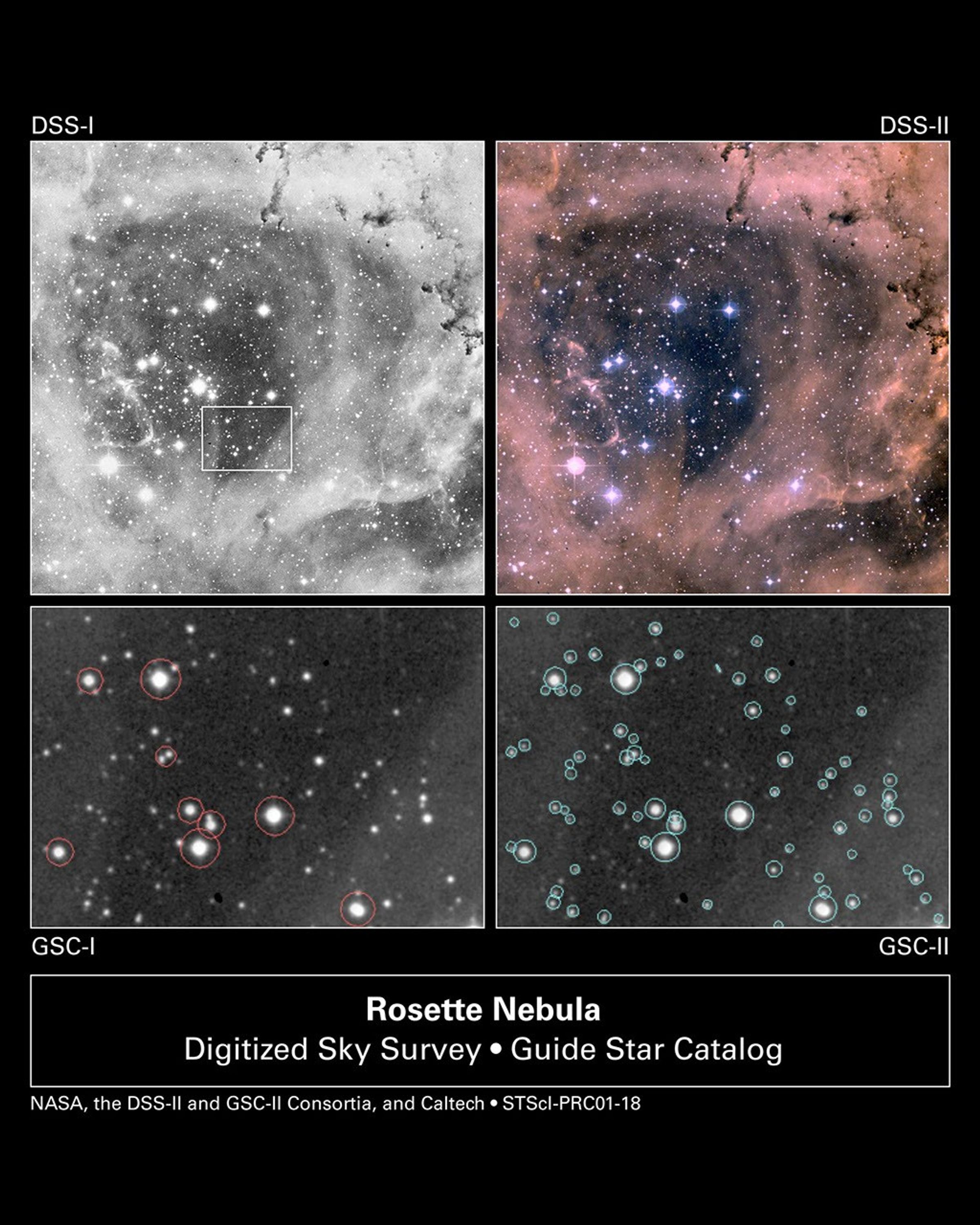
Bigger, Better Catalog Unveils Half a Billion Celestial Objects
These frames are samples from the photographic sky surveys, which have been digitized by a technical team at the Space Telescope Science Institute to support the Hubble Space Telescope operations. The team processed these images to create a new astronomical catalog, called the...
Share
Details
Last Updated
Aug 17, 2025
Contact
Media
Claire Andreoli
NASA’s Goddard Space Flight Center
Greenbelt, Maryland
claire.andreoli@nasa.gov

